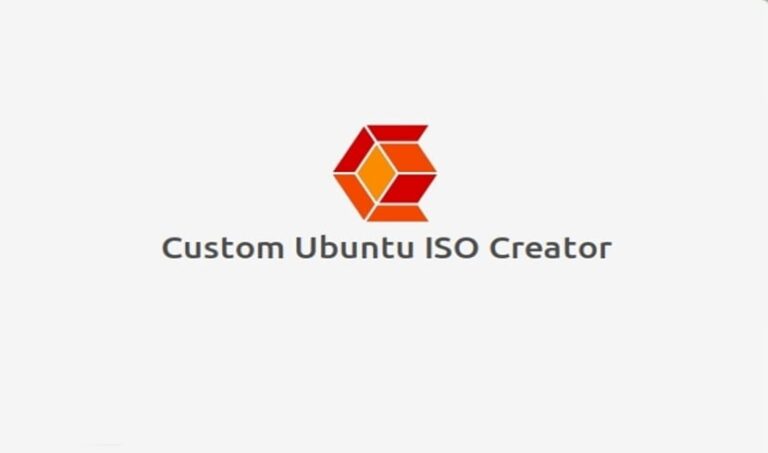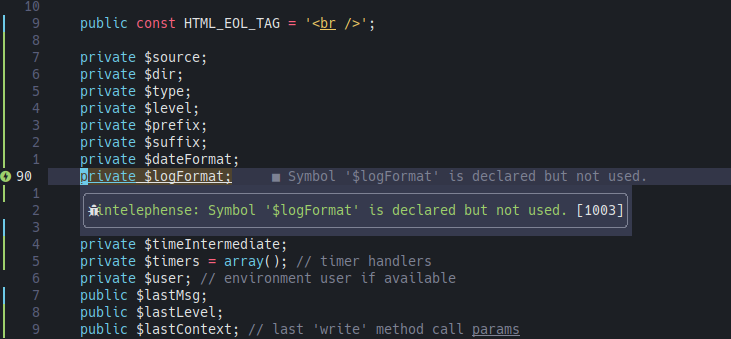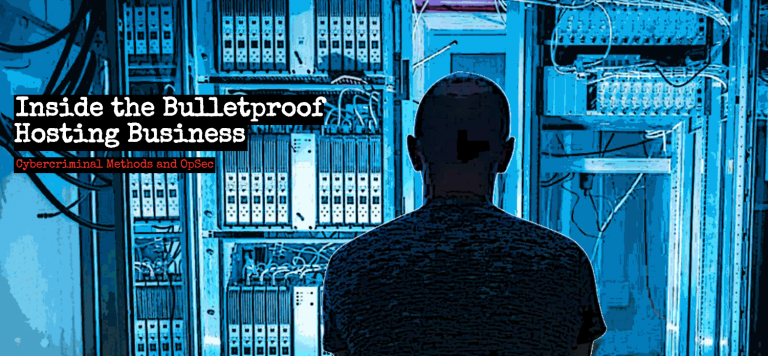5G in Russian telemedicine
First 5G operations in Russia
Our country is not lagging behind in testing the application of new technologies in medicine. In November 2019, the first surgical operations and a remote medical consultation using the Beeline 5G network were performed for the first time in Russia.
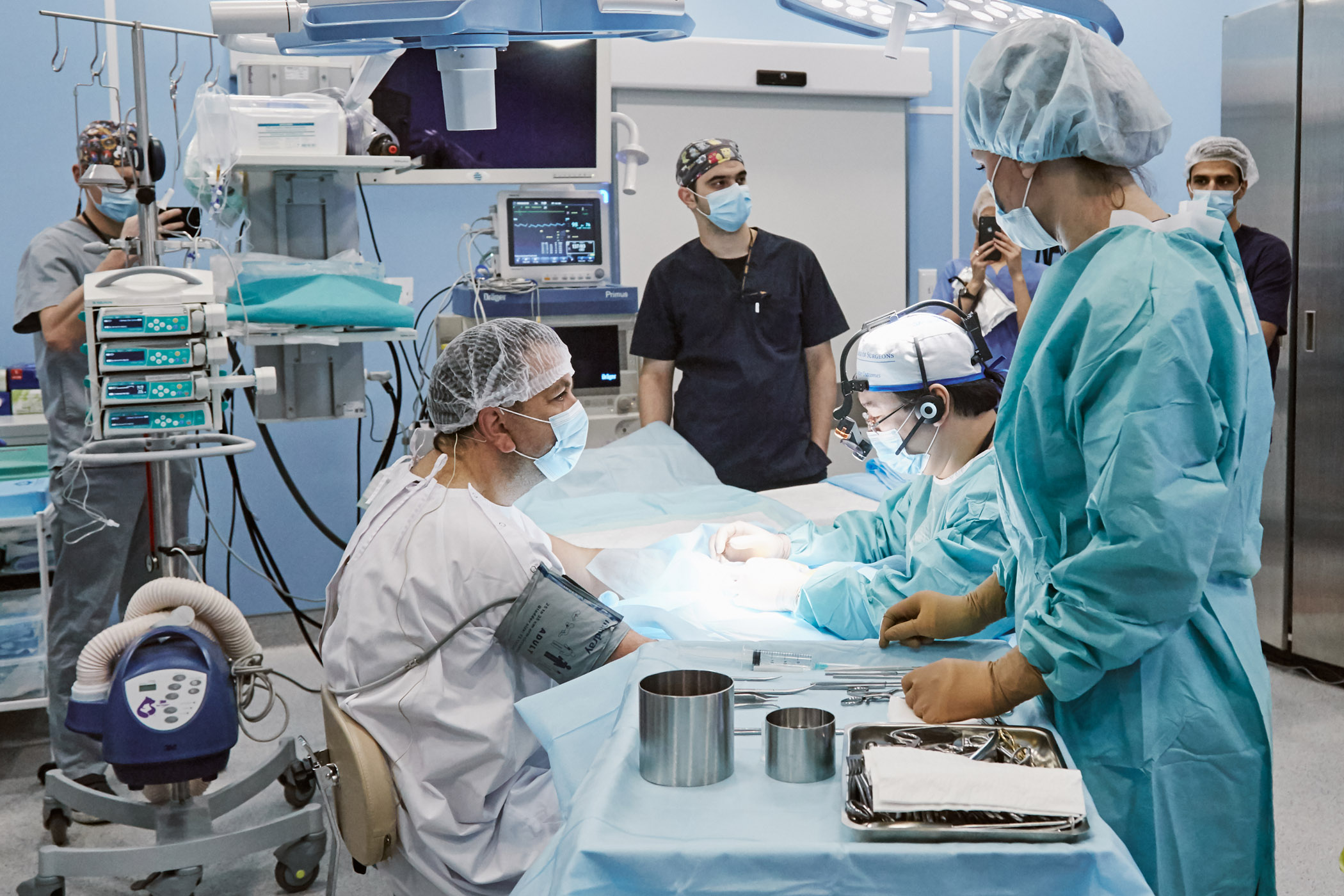
Removing the chip from George’s hand
Two operations were performed in real time:
- The first operation is the extraction of an NFC chip implanted in the hand of George Held, executive vice president of digital and new business development at Beeline. With the chip itself, as well as with George’s hand, everything is in order, the chip just had time to become obsolete by that time (it was installed in 2015).
- The second operation (removal of a cancerous tumor in one of the patients of the clinic) was carried out using a laparoscope with a 4K camera connected to a 5G network, an anesthesia console, several cameras and a Huawei 5G multimedia whiteboard for the exchange of expert opinions by all parties of the council and making recommendations in in real time.
How it worked
The organization of such broadcasts requires high reliability of communication channels and the participation of a large number of people. To support the operation to be complete, high quality video was broadcast bilaterally from several points at the same time: Skolkovo, from the operating room of the GMS clinic in Moscow, the expert advisory center of the ROEKH based on the Central Union Hospital of the Russian Federation in Moscow and Ryazan State Medical University.
For a remote consultation on the territory of the Skolkovo innovation center, a test zone of the Beeline 5G network was deployed on Huawei equipment.

Digital antenna Huawei HAAU5213 28000A 4T4R 65 dBm
Medical equipment was connected to the 5G network using a 5G CPE router wirelessly. His list included: a general view camera for transmitting video in 4K resolution, a multimedia “white board” for marking the image of the operated organ, a monitor with a 4K resolution. Surgical operations were performed by Badma Nikolaevich Bashankaev, FACS, FASCRS *, head of the GMS Hospital surgery center, surgeon, oncologist, coloproctologist.
In the operating room at the GMS clinic in Moscow, located on Kalanchevskaya embankment, a fragment of a 5G NSA network based on a small cell 5G LampSite 4T4R, 100 MHz, fixed under the ceiling of the operating room, was deployed.

For a remote consultation, a special smart board was used, which, along with video cameras and medical equipment, was wirelessly connected to a 5G CPE router.
All equipment in the clinic operated at 4.8-4.99 GHz. At the same time, a test fragment of the 5G network is connected to the operator’s control center on March 8 street with gigabit optics.
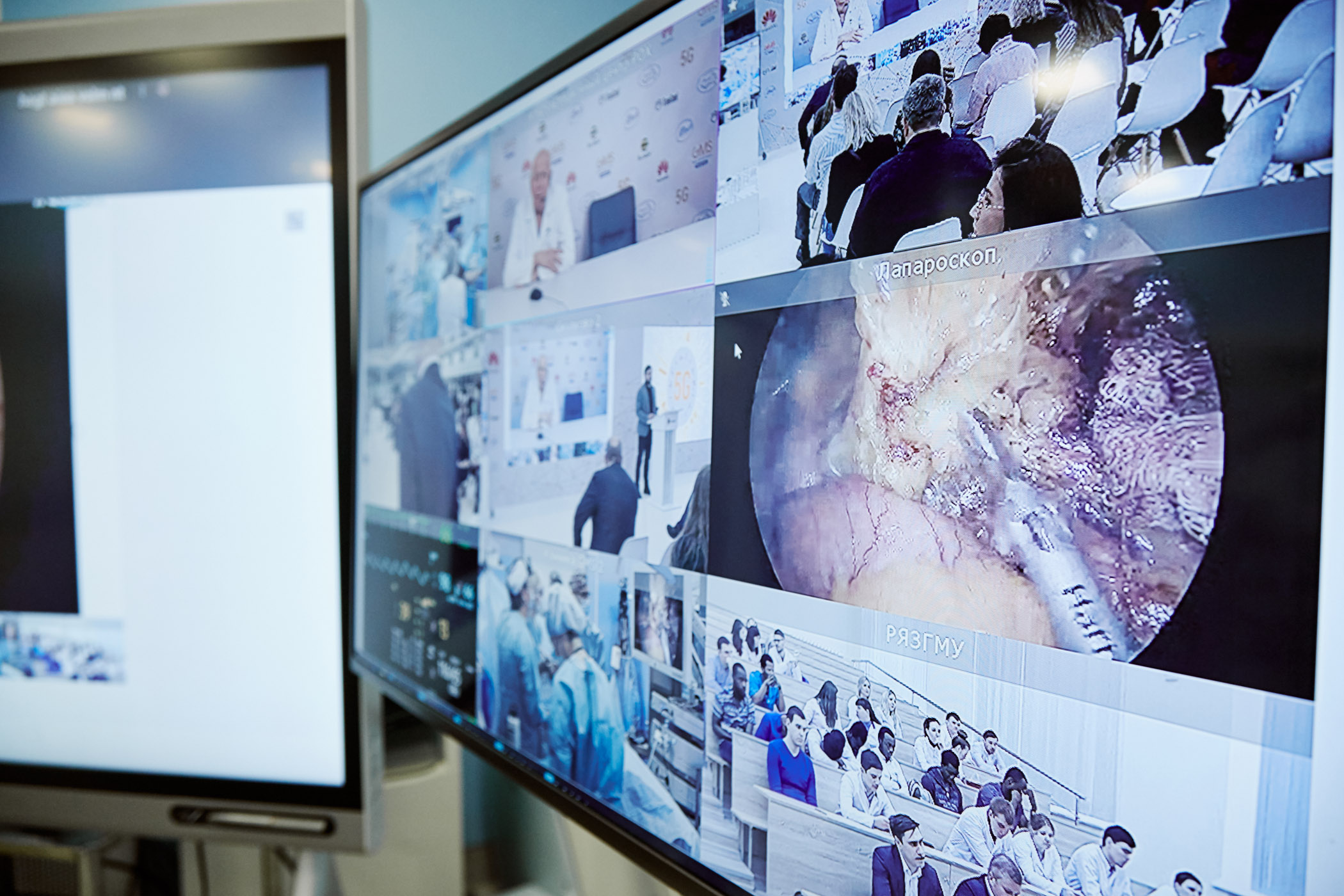
Interactive smart board
The remote consultation was also attended by the ROEKh Expert Advisory Center on the basis of the Central Union Hospital of the Russian Federation and the Ryazan State Medical University.
For a remote consultation, the request was registered and the selection of free specialized surgeons was carried out through the platform for holding consultations based on the TrueConf solution. During the operations, the remote medical council consulted by exchanging media information in 4K video conferencing mode between the operating surgeon and specialist consultants via remote terminals. With their help, the exchange of media and telematic data on the patient’s condition was carried out, recommendations and instructions were transmitted in real time. The remote consultation was conducted by Professor Sergei Ivanovich Emelyanov, director of the Tsentrosoyuz hospital, doctor of medical sciences, honored doctor of the Russian Federation, president of the Russian Society of Endoscopic Surgeons.
At Ryazan State Medical University, a training seminar was organized for students who could observe the progress of operations and consultations in real time. The seminar was chaired by Alexander Anatolyevich Natalsky, Doctor of Medical Sciences, Professor of the Department of Hospital Surgery at RyazGMU of the Ministry of Health of Russia.
During the first operation, due to its relative simplicity, the patient was given local anesthesia, which allowed him to comment on what was happening on the air. How it was
The second operation to remove the cancerous tumor was more serious and required the consultation of a medical council. The operating surgeon was consulted in real time by colleagues, who received images of the patient’s internal organs without delay and in high quality.

